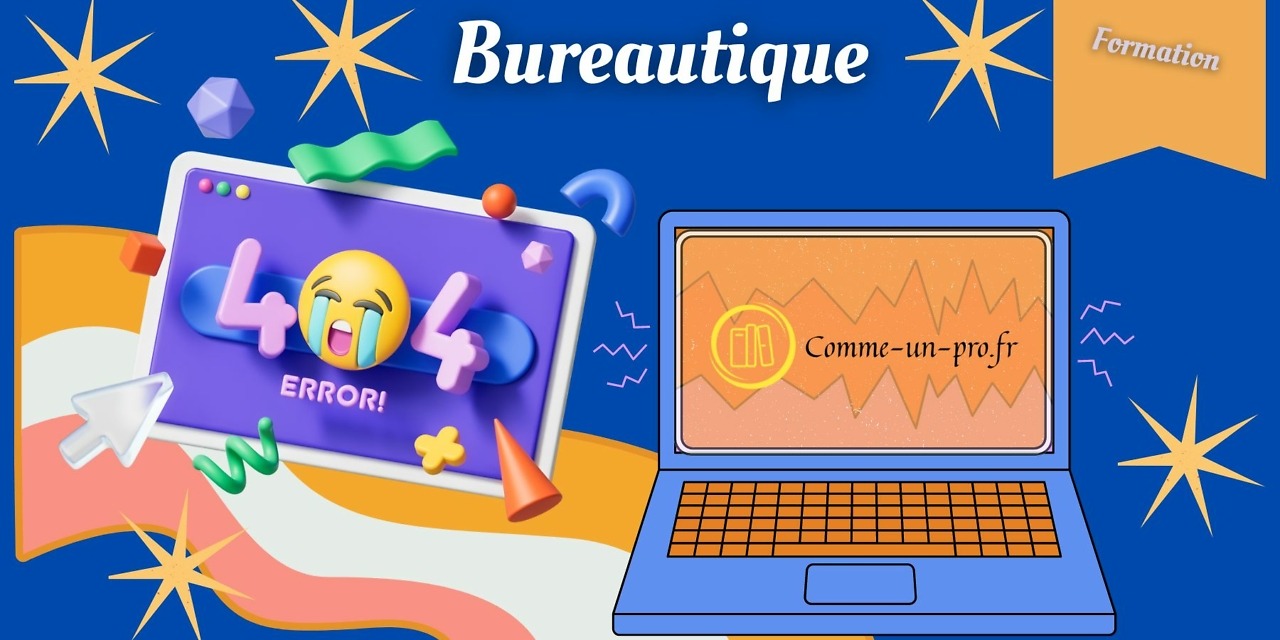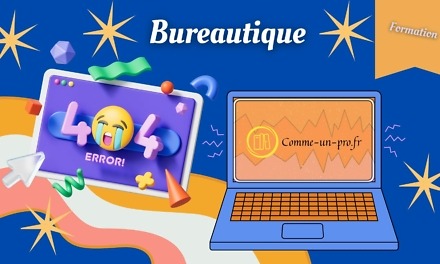Introduction to Gmail for Business Email Management
Gmail is one of the most popular email services today. Thanks to its features advances and ease of use, Gmail has become a popular choice for managing business email. To get the most out of Gmail, it's important to understand its basic features and how to use them effectively.
Gmail offers an intuitive interface for receiving, sending and managing emails. Emails can be categorized into folders, tagged and marked as important for better organization. Filters automatically classify emails based on specific criteria, such as sender or keywords in the subject.
Gmail also offers features to facilitate collaboration, such as the ability to share emails with others or work on emails in real time with other users. Users can also use third-party apps, such as productivity tools, directly from their Gmail account.
To get the most out of Gmail for managing business email, it's important to set up your account efficiently. This includes customizing the email signature, setting up automatic replies for absences, and configuring your notification settings to keep you informed of new emails.
Gmail is a powerful tool for managing business email. With its advanced features and ease of use, users can improve their productivity and collaboration by using Gmail effectively.
How to configure and customize your Gmail account for business use?
To get the most out of Gmail for managing business email, it's important to set up and personalize your account. This may include adjustments such as setting up custom email signatures, configuring automatic responses for absences and customizing notification settings to keep you informed of new emails.
To set up your email signature, go to your Gmail account settings and select “Signature”. You can create multiple signatures for different types of emails, such as work and personal emails. You can also add images and hyperlinks to your signature for better layout and professional presentation.
Automatic replies can be useful for periods of absence, such as holidays. To set up an automatic reply, go to your Gmail account settings. You can define the absence period and the automatic reply message that will be sent to your correspondents during this period.
It is also important to personalize your notification settings to keep you informed of important new emails. To do this, go to your Gmail account settings. You can choose which types of emails you want to receive notifications for and how you want to be notified, such as email notifications or tab notifications.
In conclusion, setting up and customizing your Gmail account can improve your productivity and user experience. Be sure to configure your email signature, auto-replies, and notification settings for effective use of Gmail for managing your business emails.
How to organize your inbox for efficient management of professional emails?
To effectively use Gmail for managing business email, it's important to organize your inbox. This can include creating labels to classify emails, setting up filters to redirect emails to the correct labels, and regularly deleting unnecessary emails.
To classify your emails, you can use labels. You can create labels for different types of emails, such as work and personal emails, business emails, and marketing emails. To add a label to an email, click on the email to open it and select the desired label. You can also use the “Drag and Drop” feature to quickly move emails to the appropriate labels.
Filters can be used to automatically redirect emails to appropriate labels. To create a filter, go to your Gmail account settings and select “Create filter”. You can set criteria for filters, such as sender, recipient, subject, and email content. Emails that match the defined criteria will be automatically redirected to the appropriate label.
Finally, regularly deleting unnecessary emails can help keep your inbox organized and avoid information overload. You can use the “Select All” function to quickly select all emails in your inbox and the “Delete” function to delete them. You can also use filters to automatically redirect unnecessary emails to the trash for faster and more efficient deletion.



